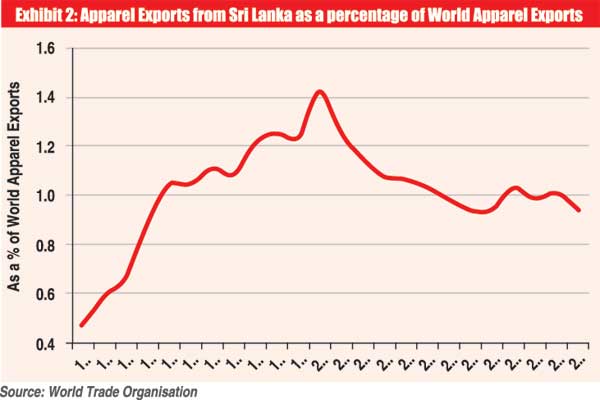19 Mar 2014 - {{hitsCtrl.values.hits}}
.jpg)
(1).jpg) Sri Lanka’s problem of flagging export growth has generated much discussion. The answer that many are converging on is a single word: DIVERSIFICATION.
Sri Lanka’s problem of flagging export growth has generated much discussion. The answer that many are converging on is a single word: DIVERSIFICATION..jpg) In value terms, this means these six countries imported goods to the value of nearly US $ 6 trillion in 2012.
In value terms, this means these six countries imported goods to the value of nearly US $ 6 trillion in 2012.
25 Nov 2024 4 hours ago
25 Nov 2024 5 hours ago
25 Nov 2024 5 hours ago
25 Nov 2024 6 hours ago
25 Nov 2024 7 hours ago